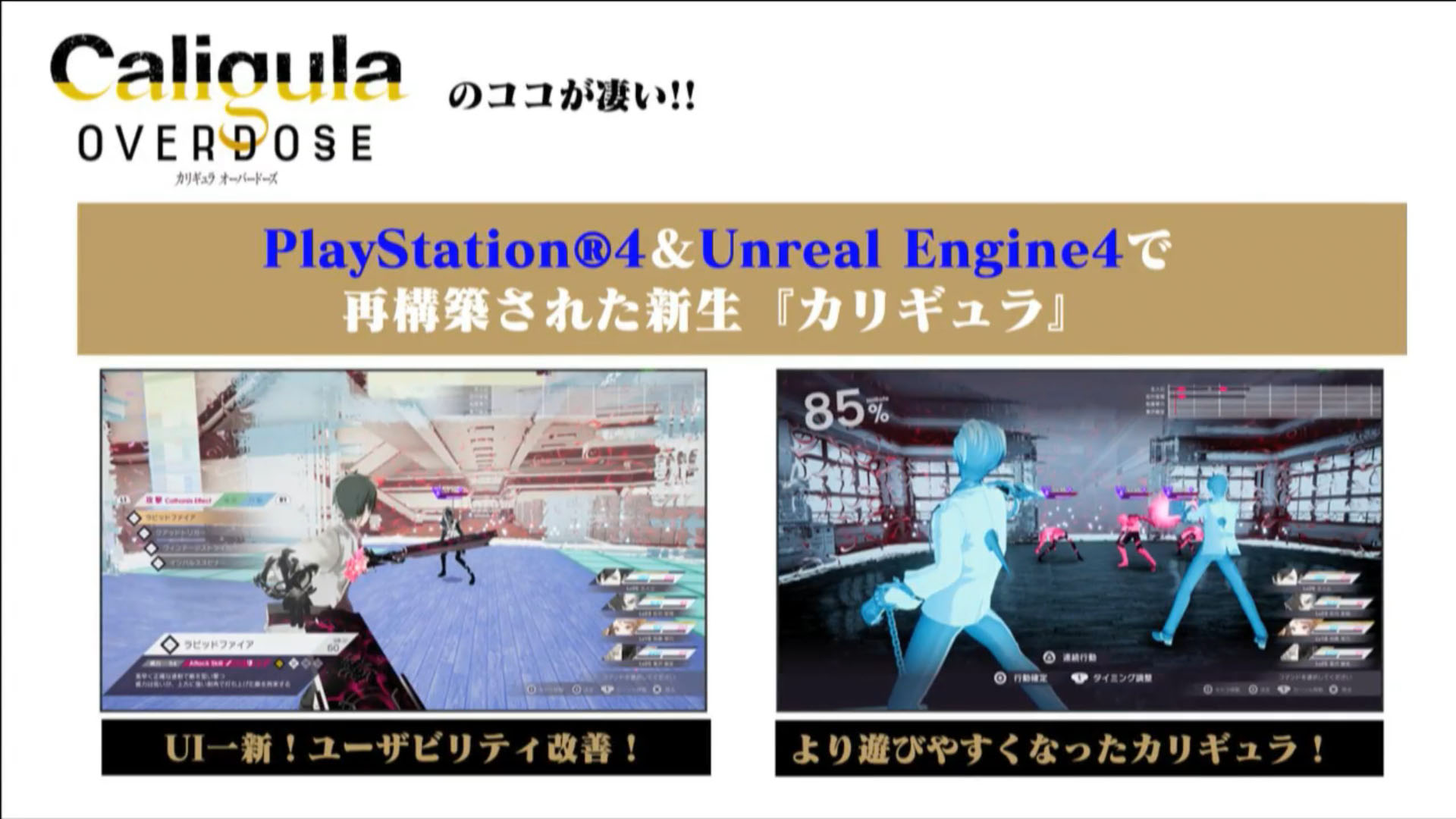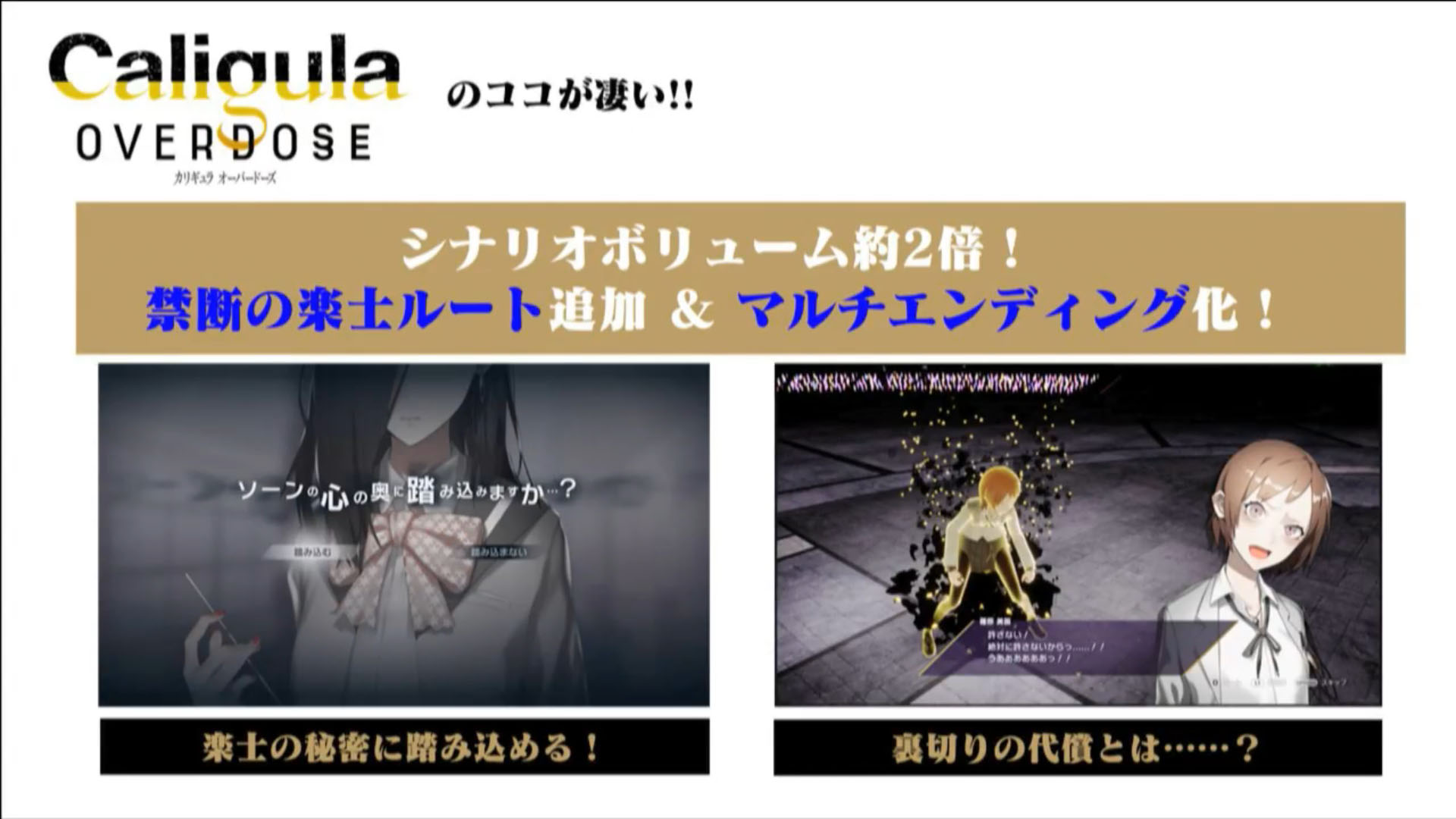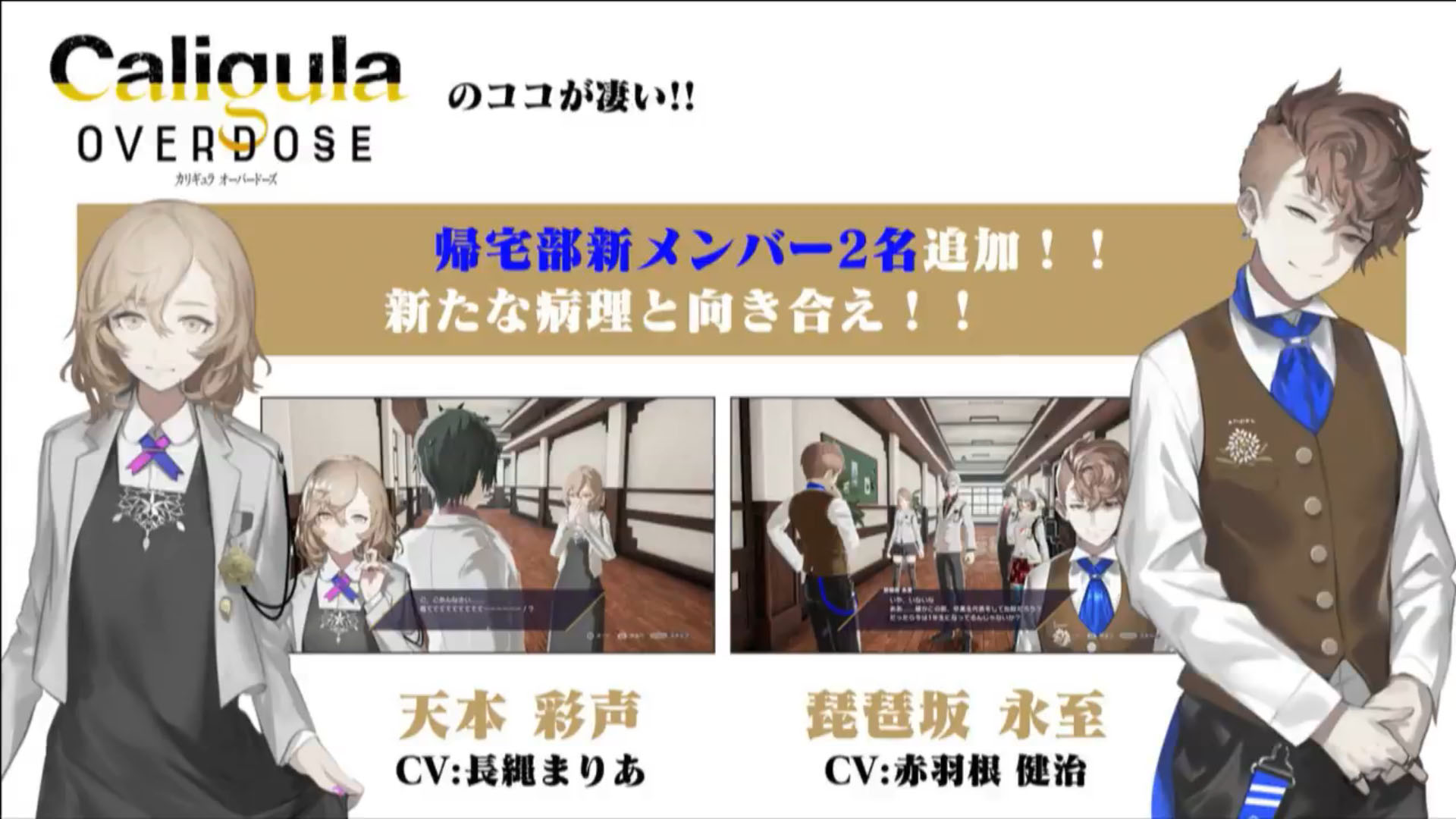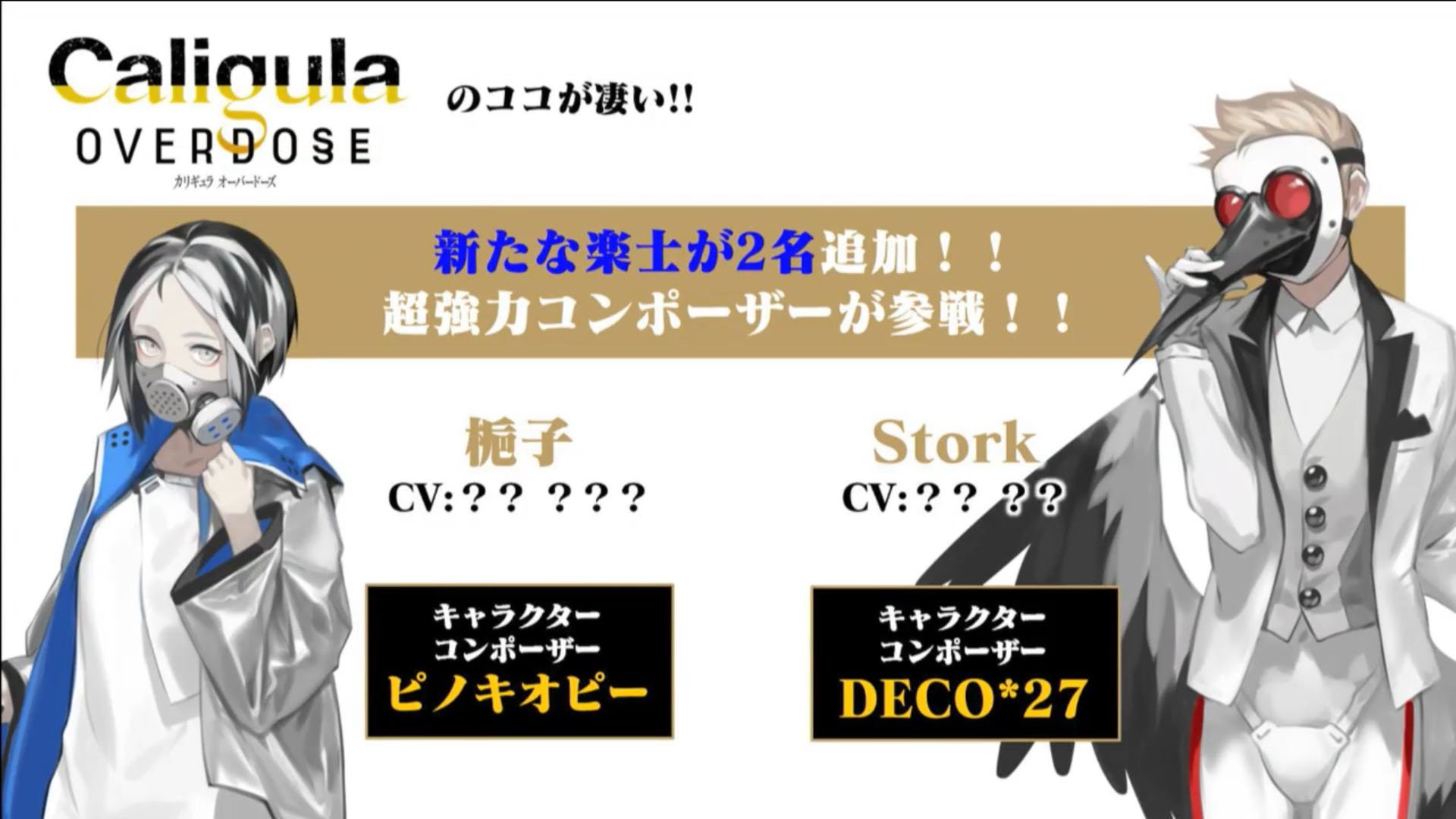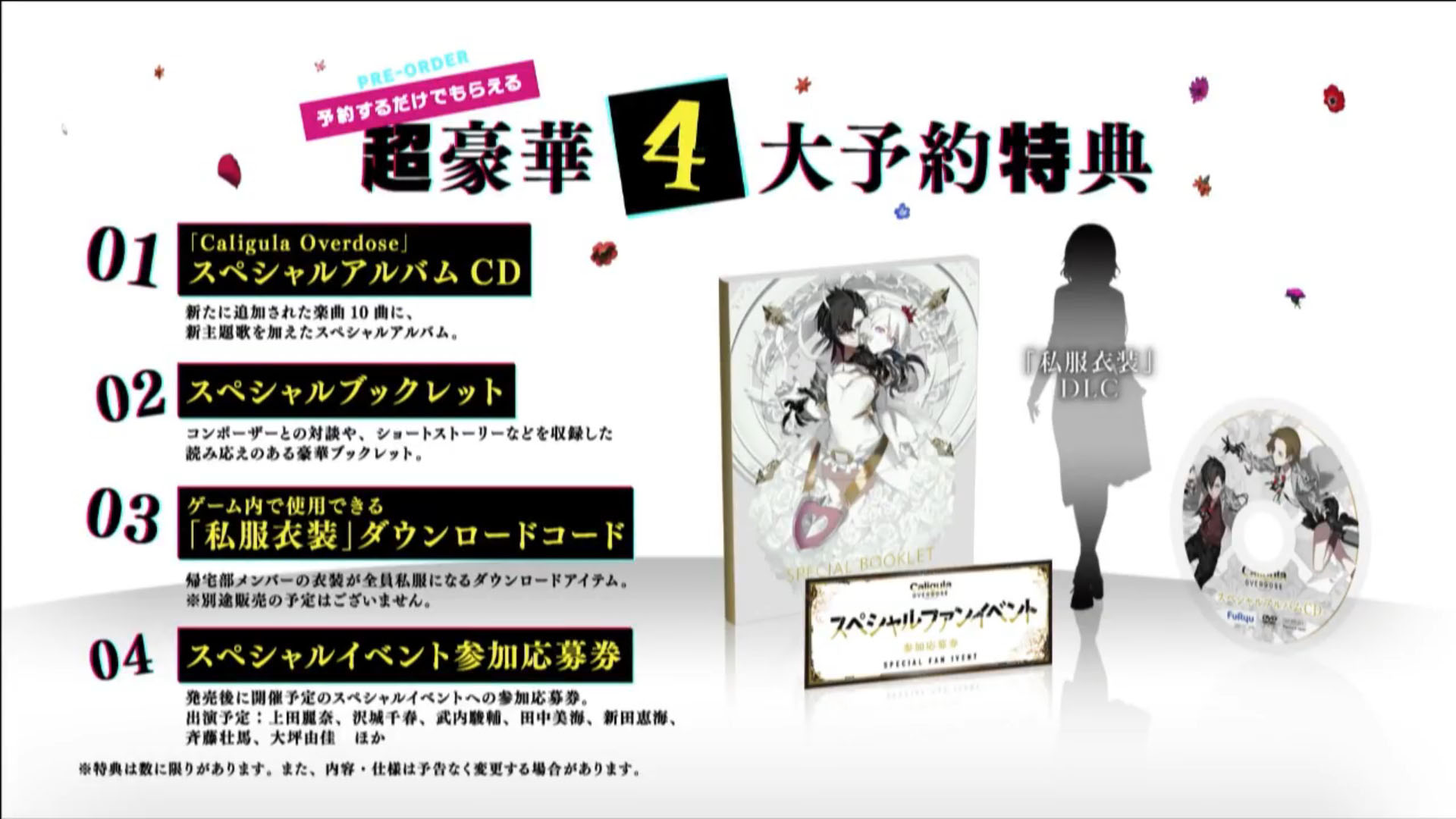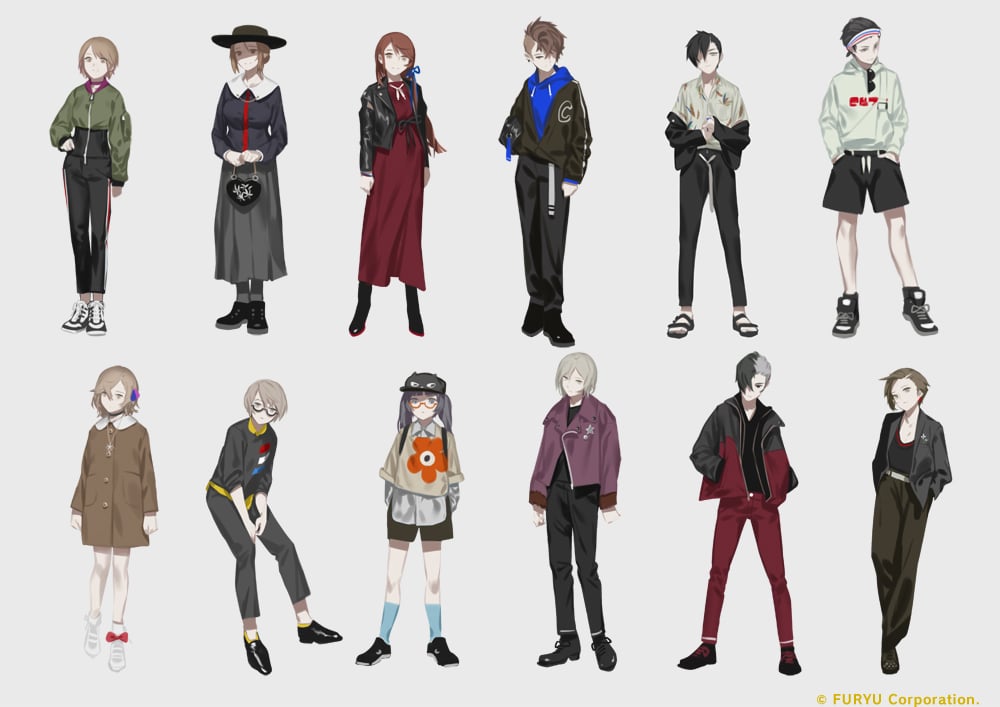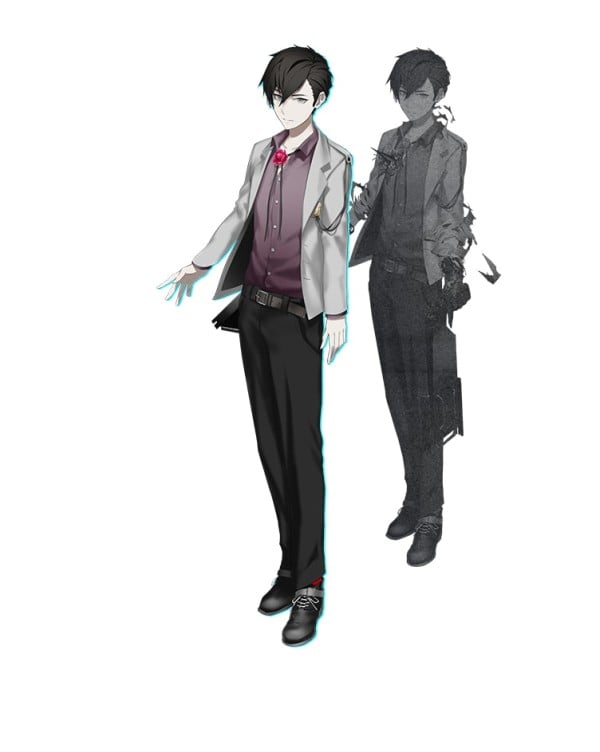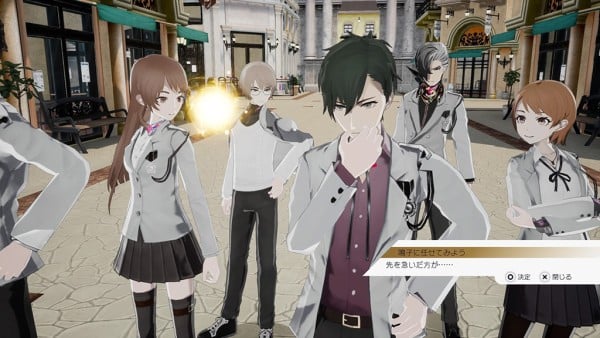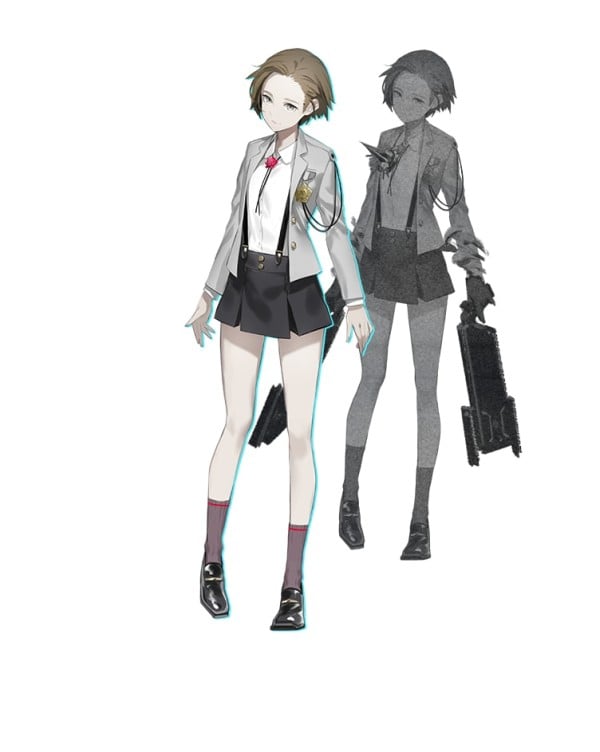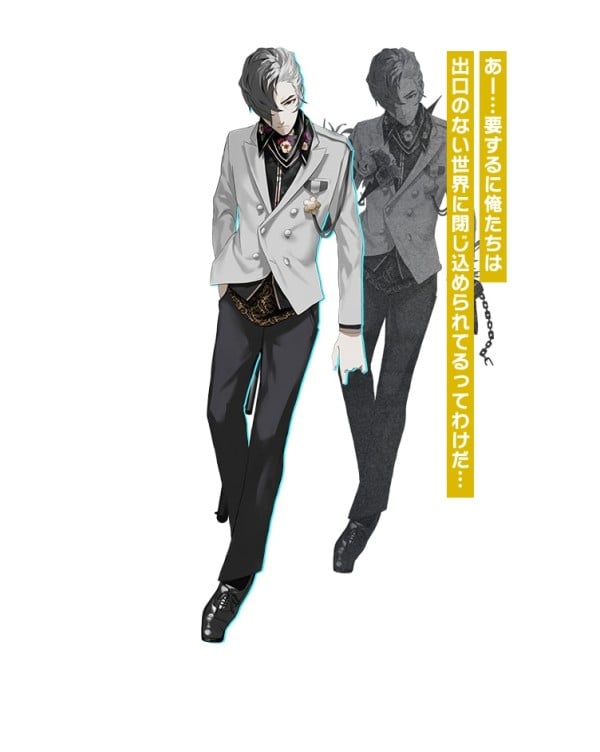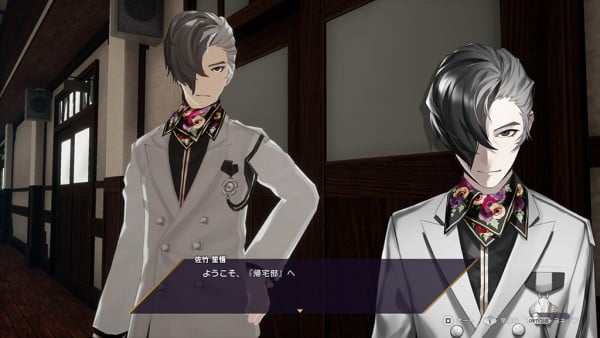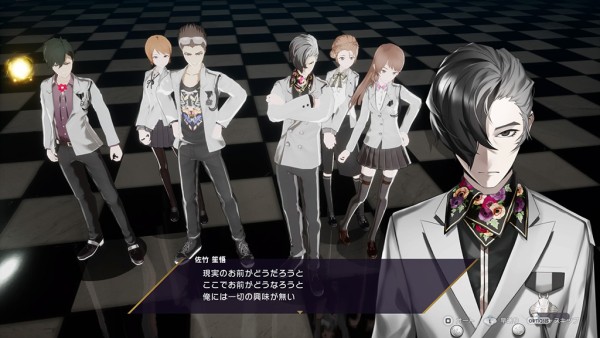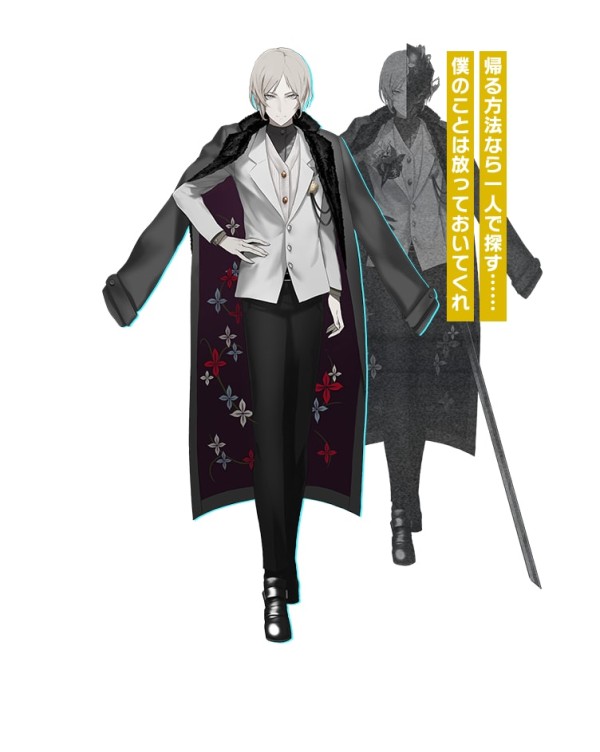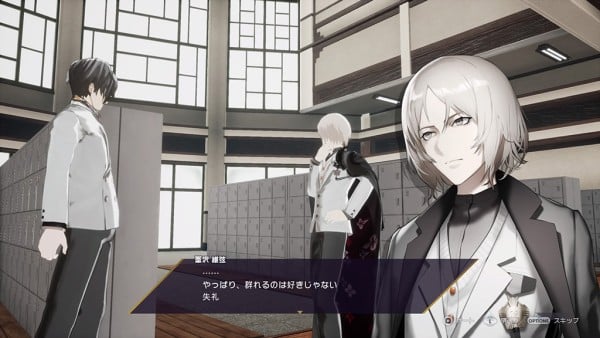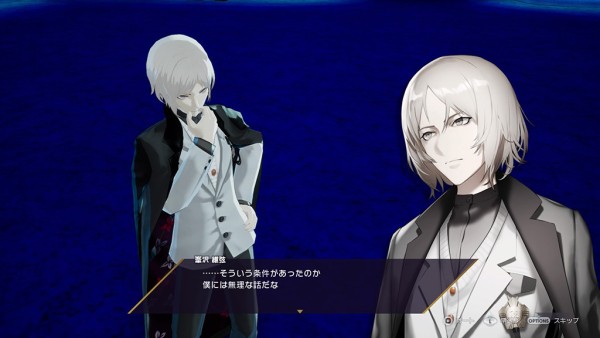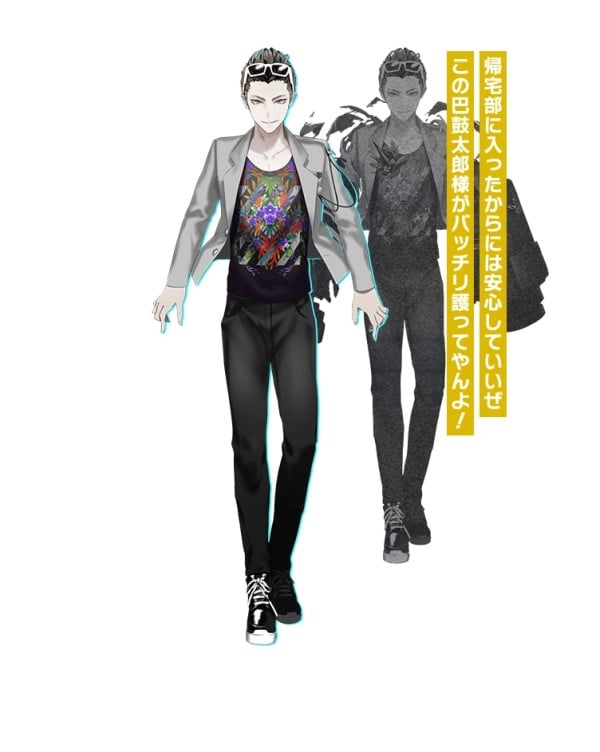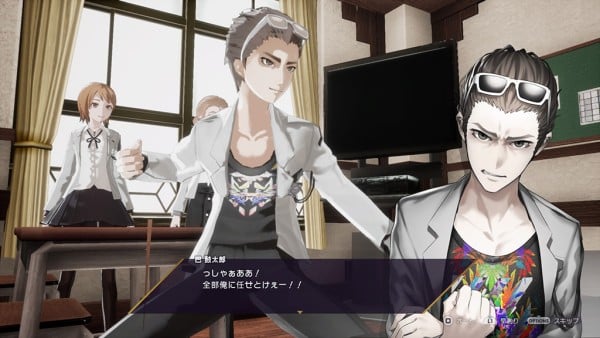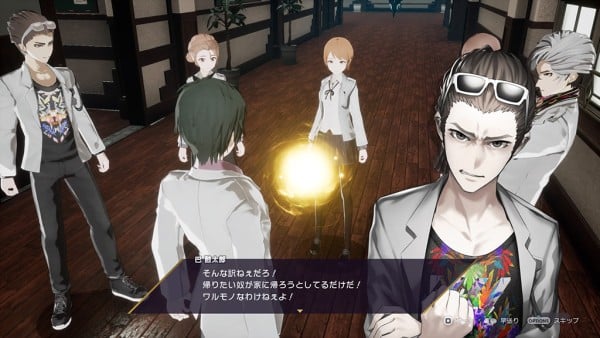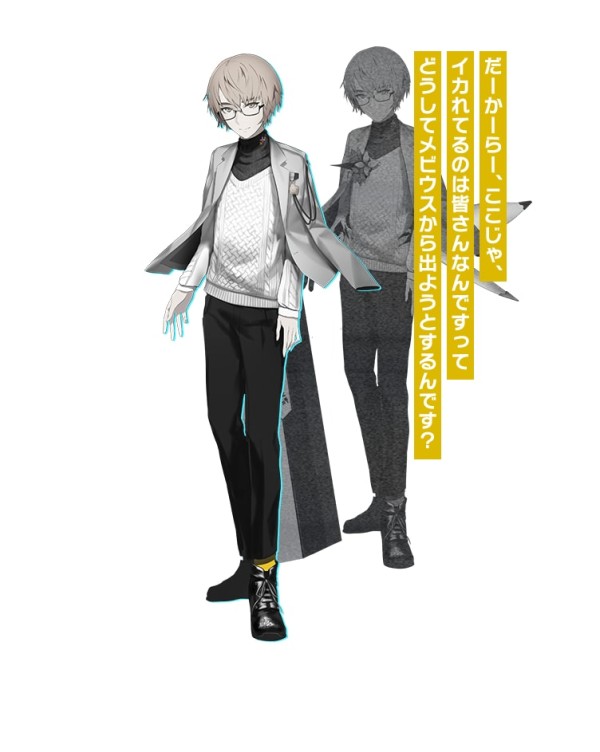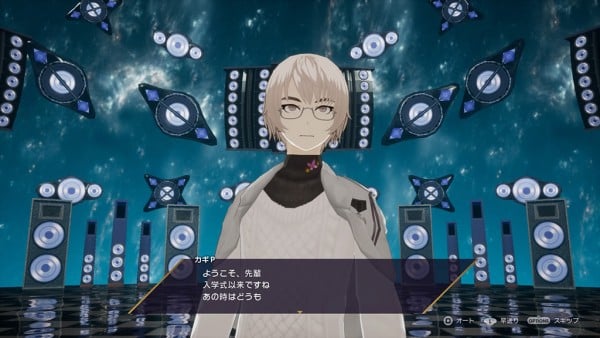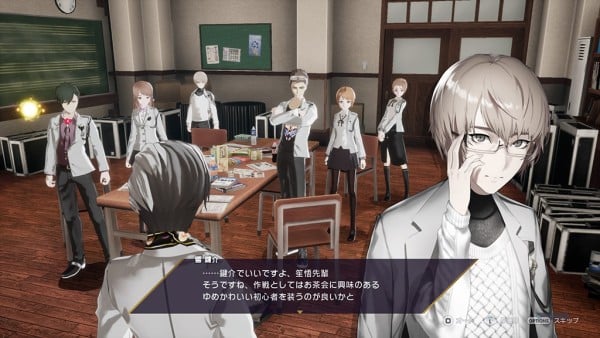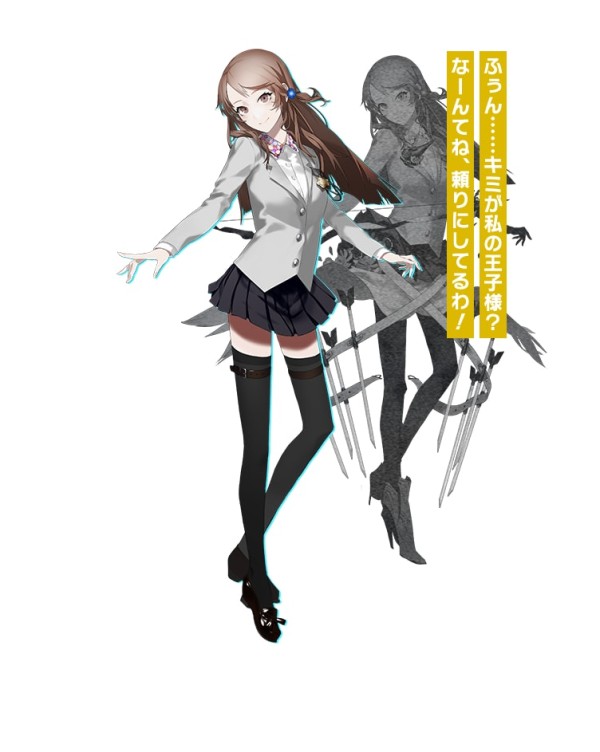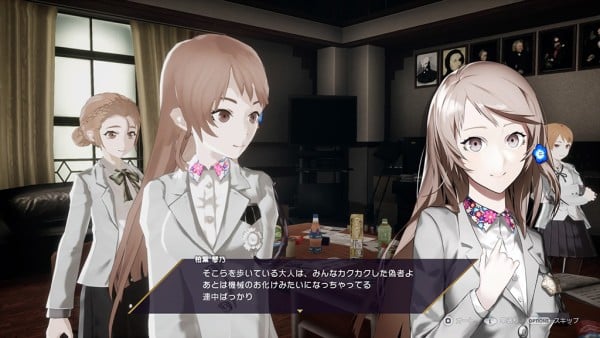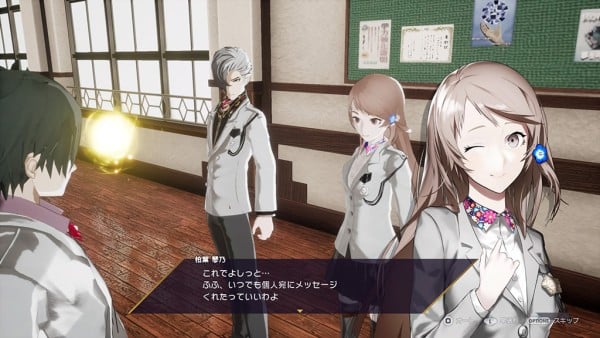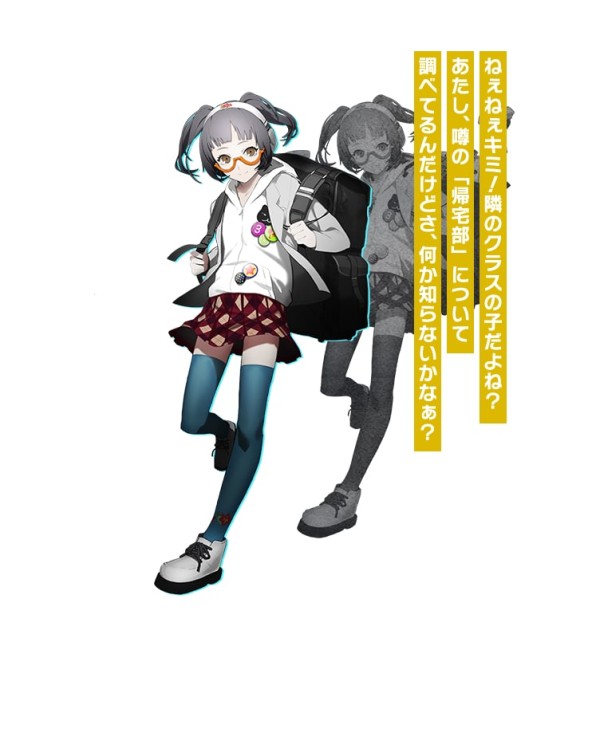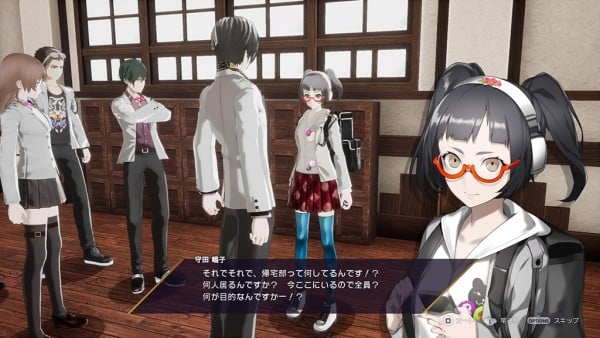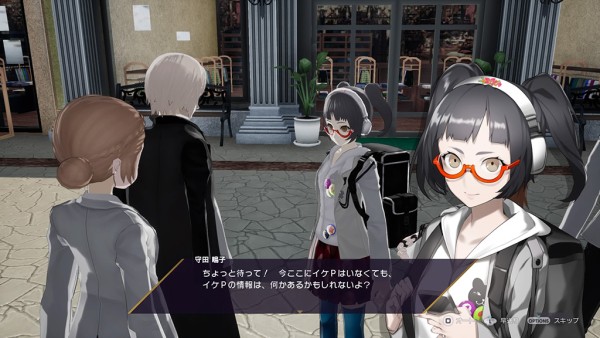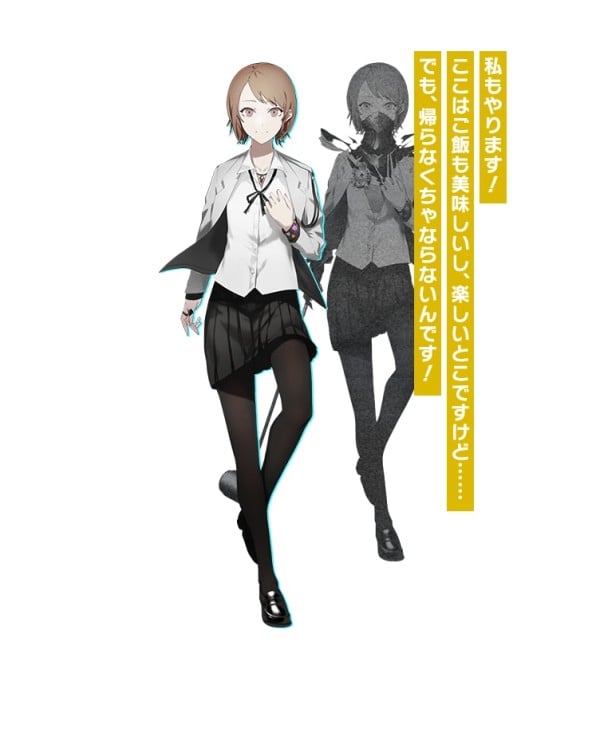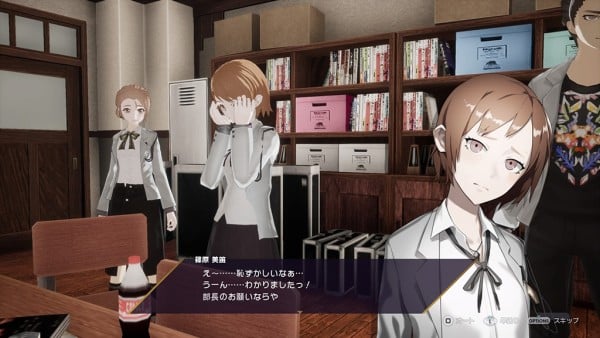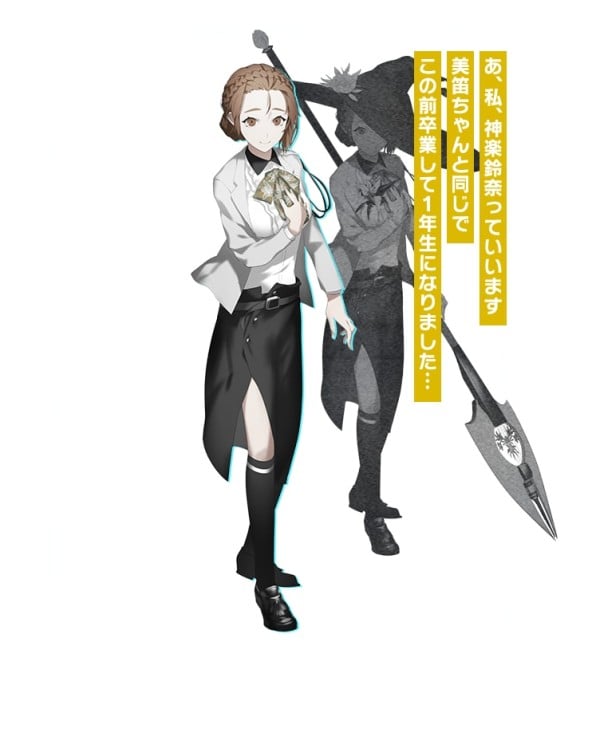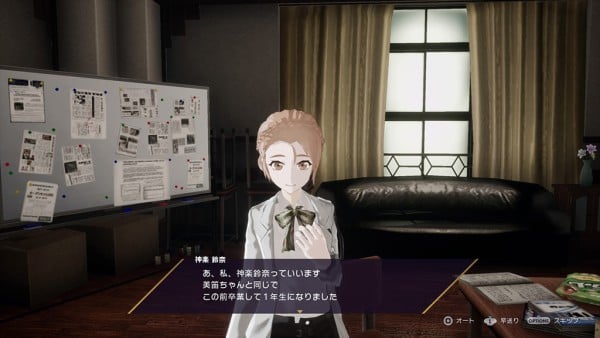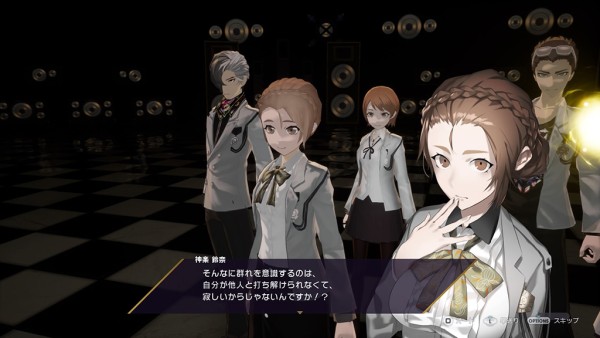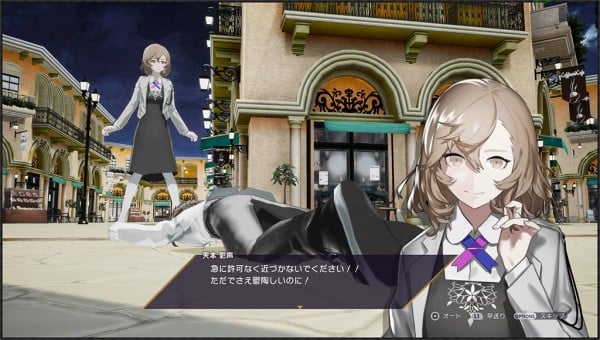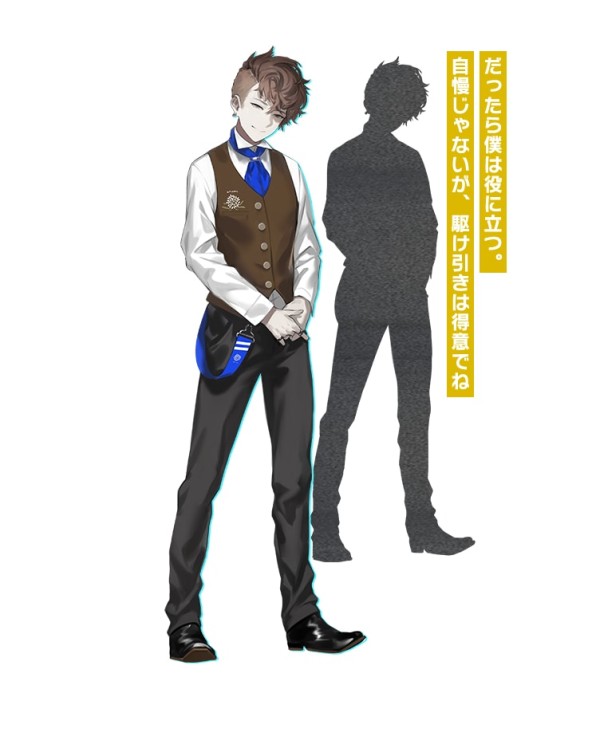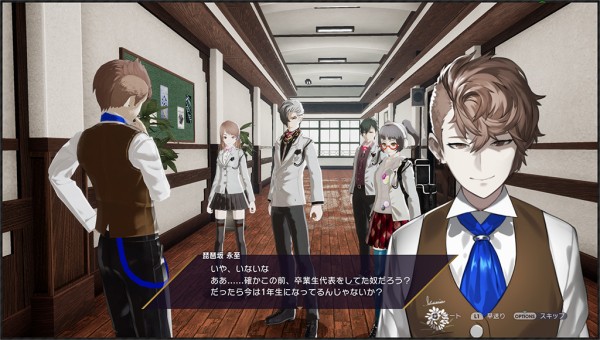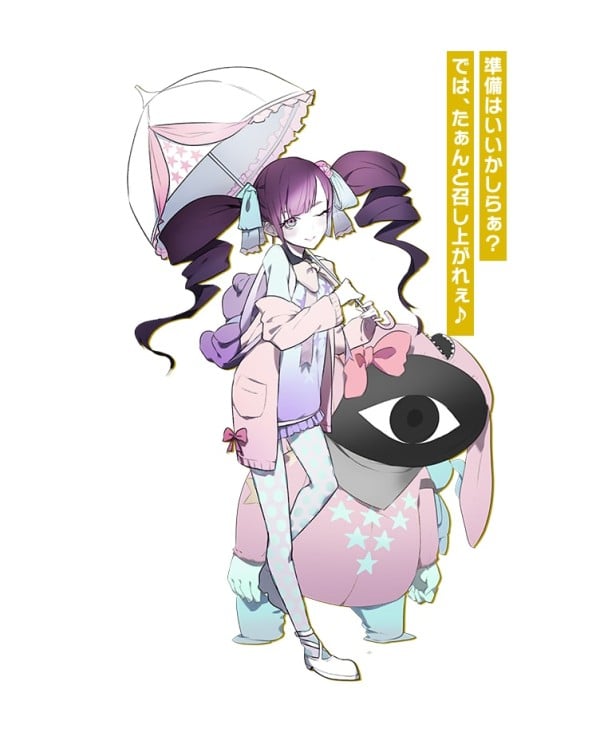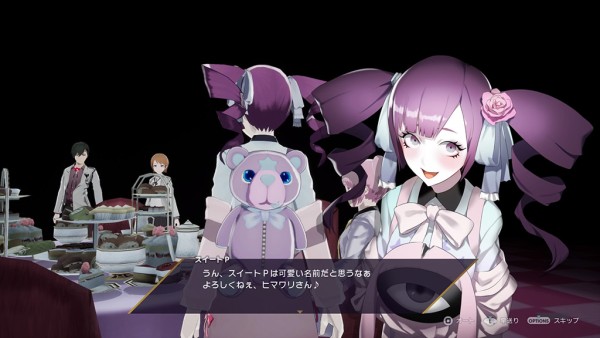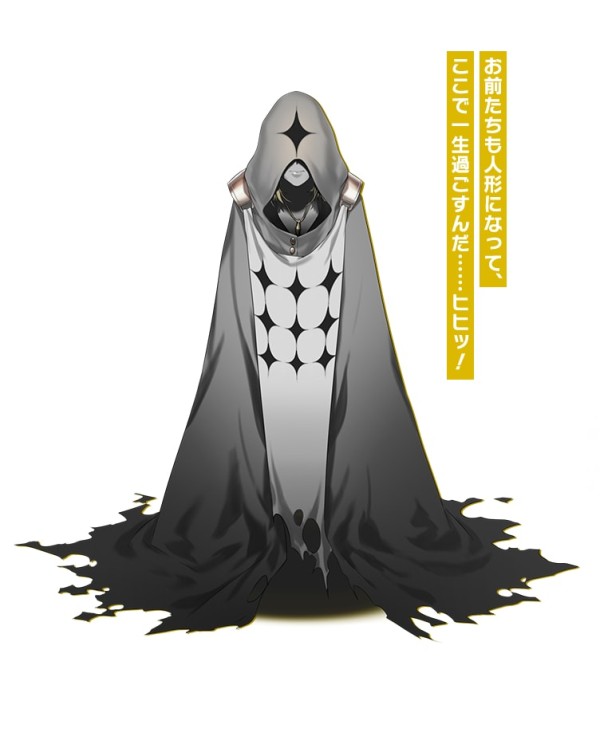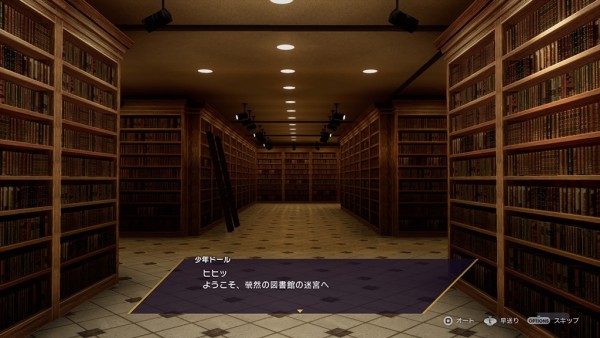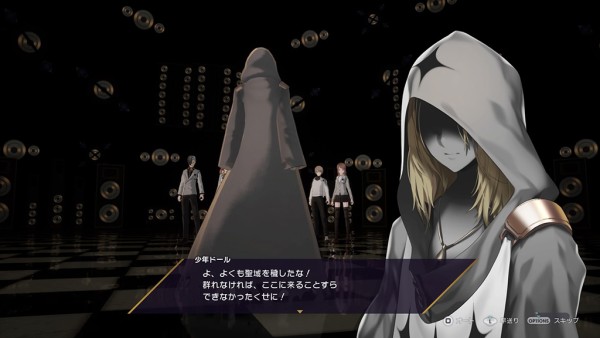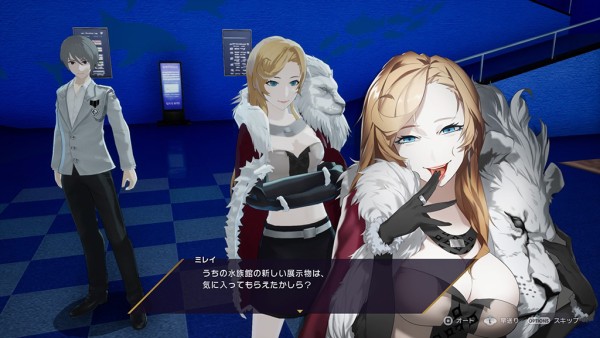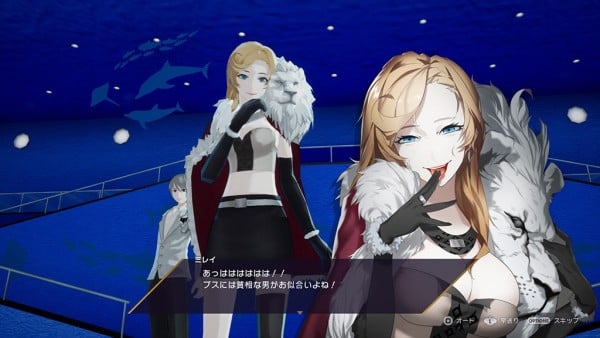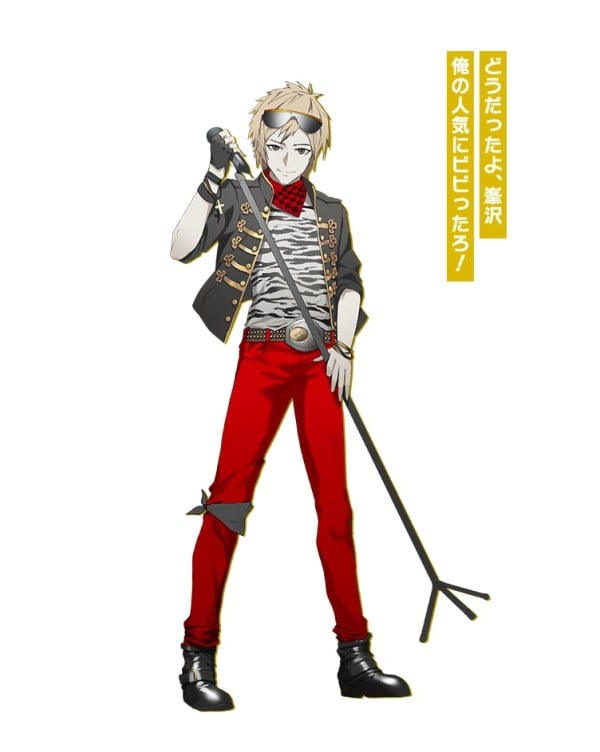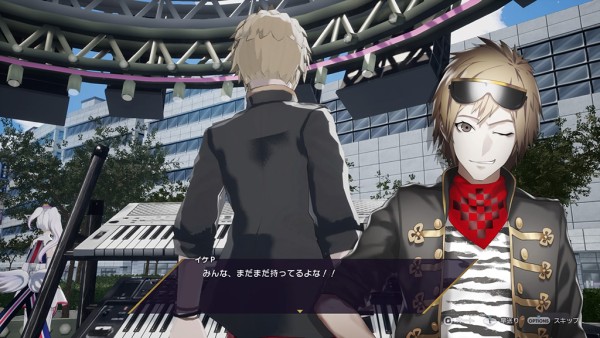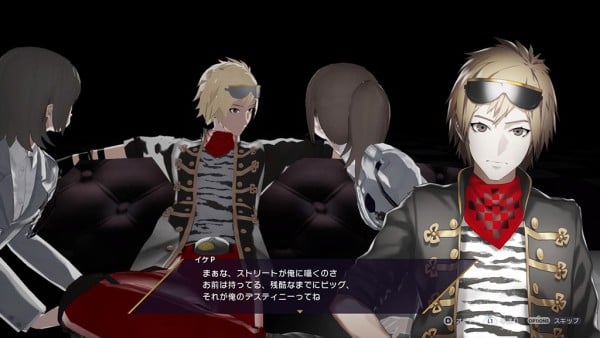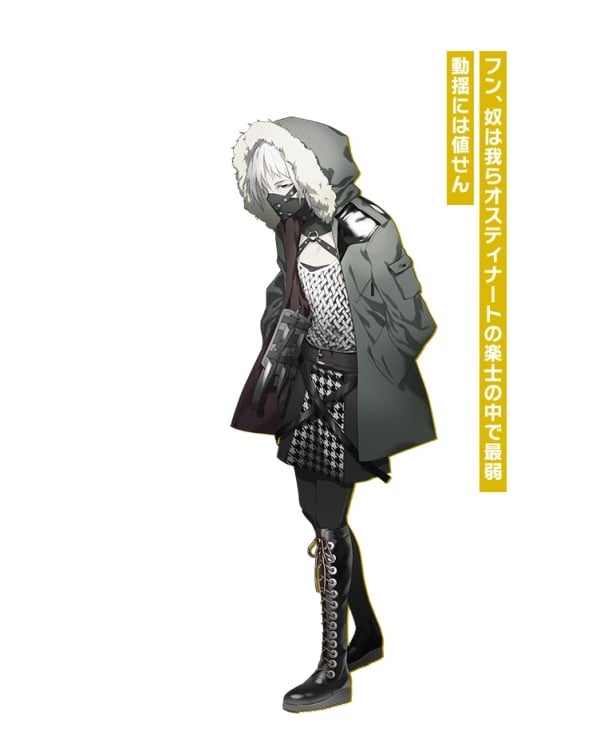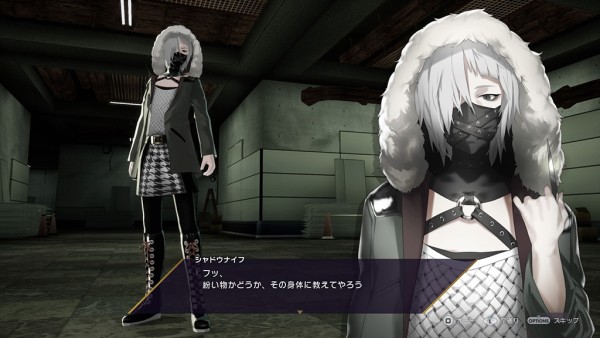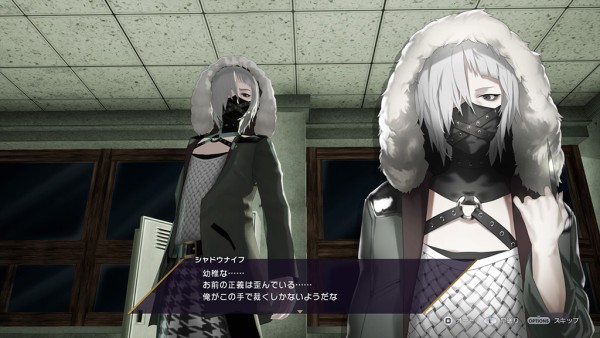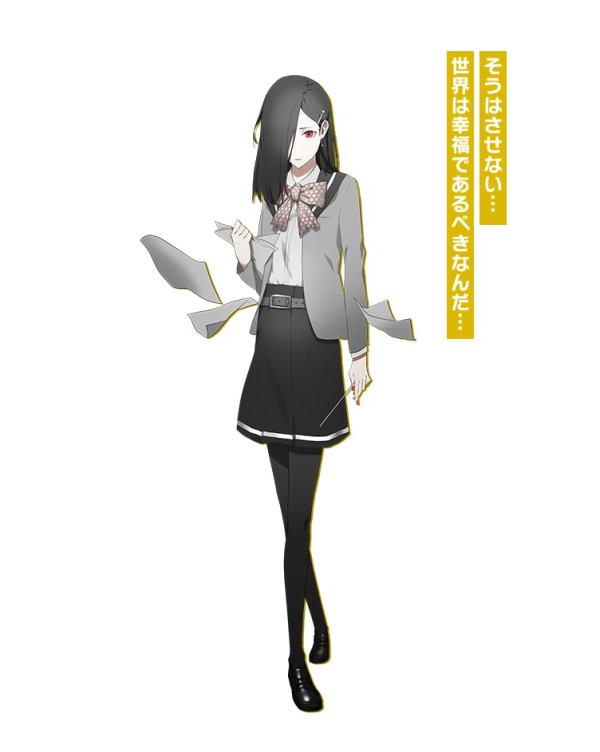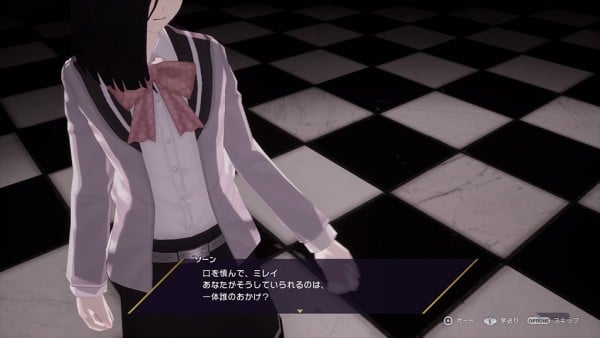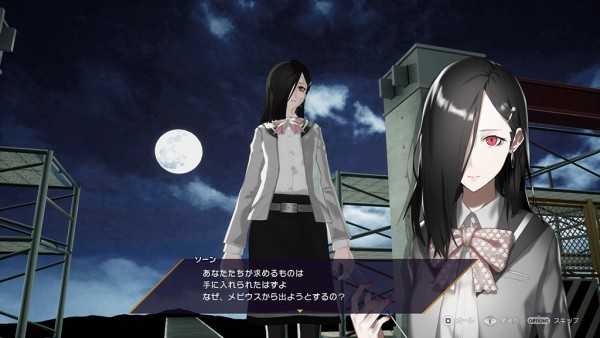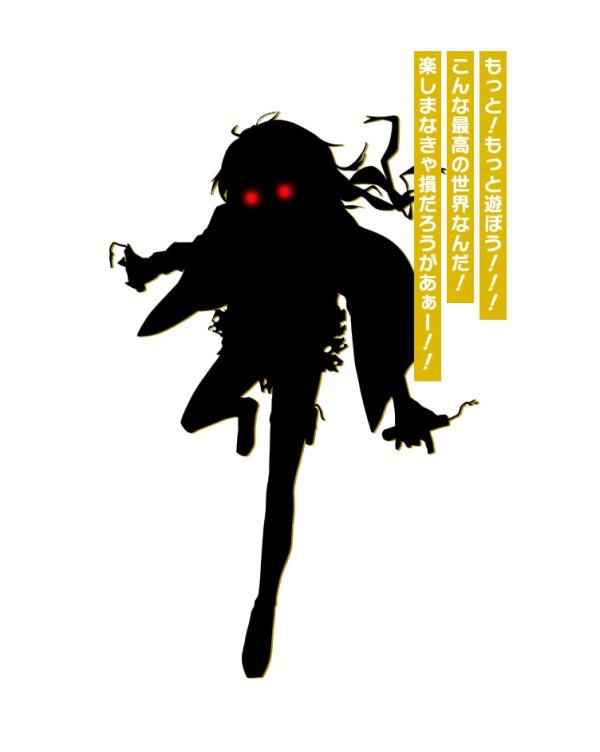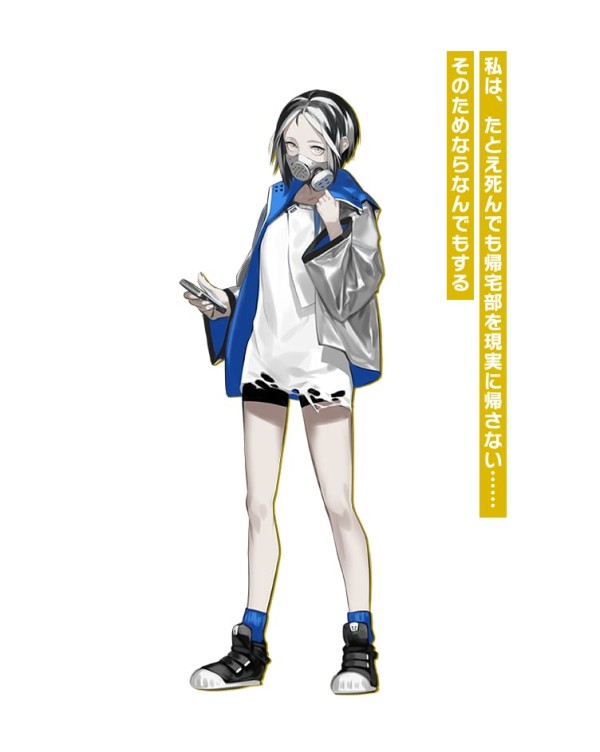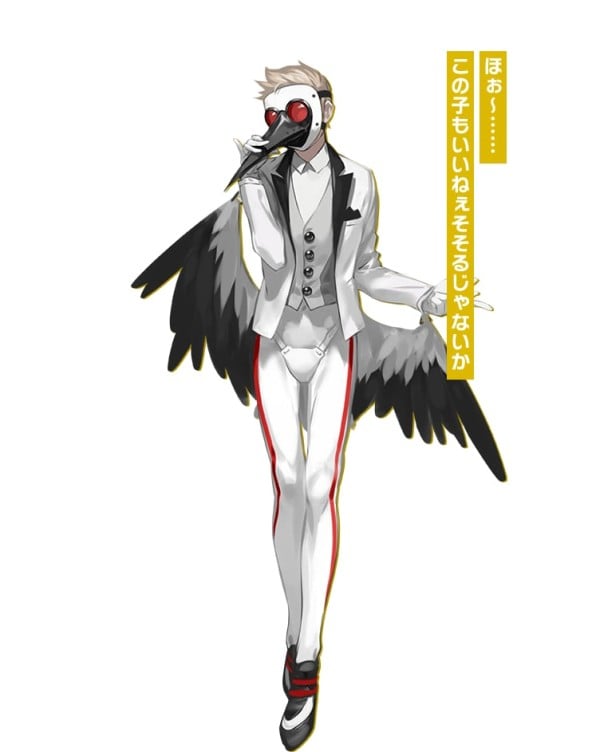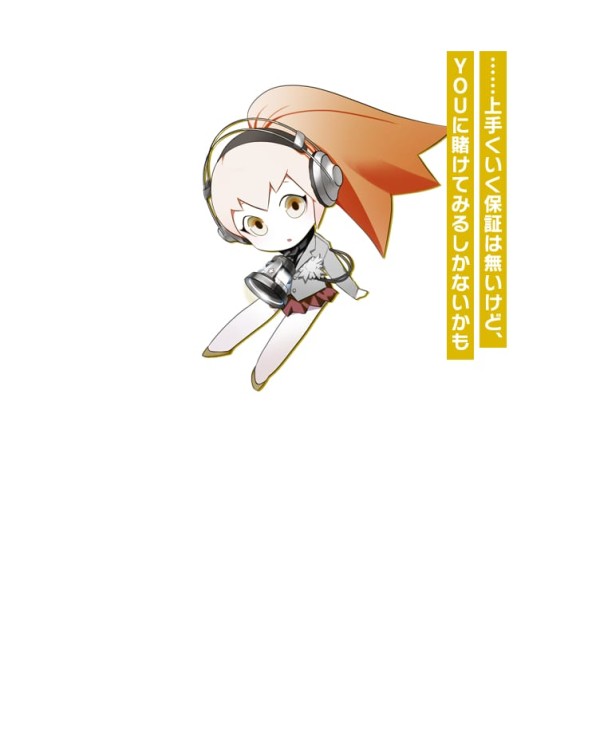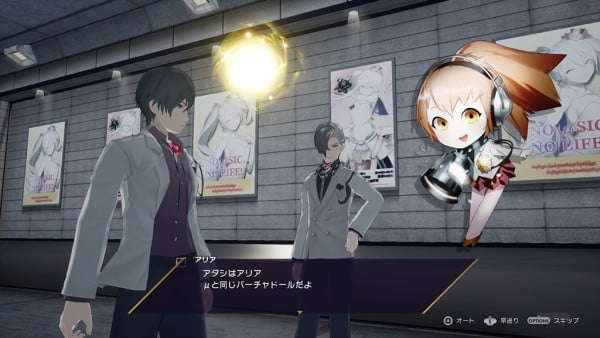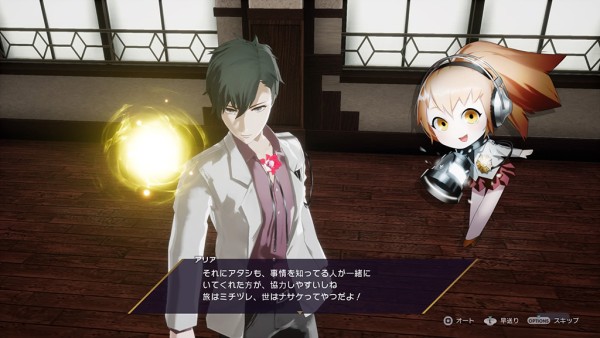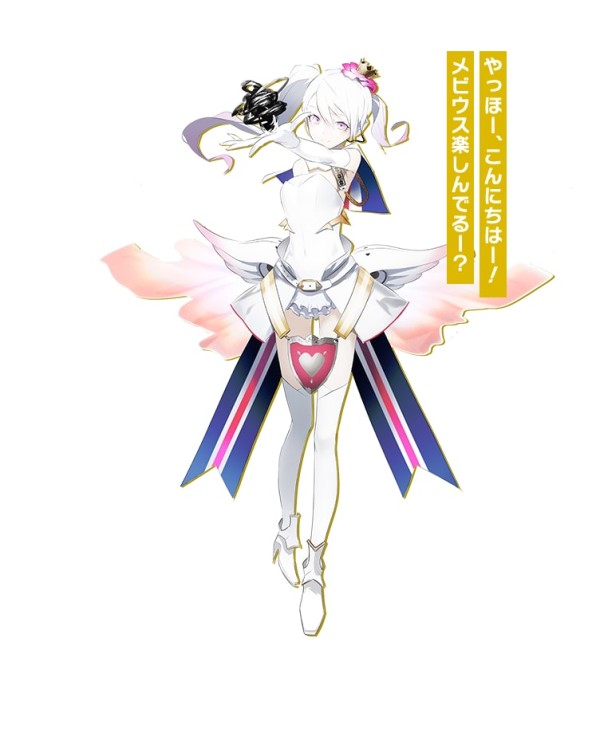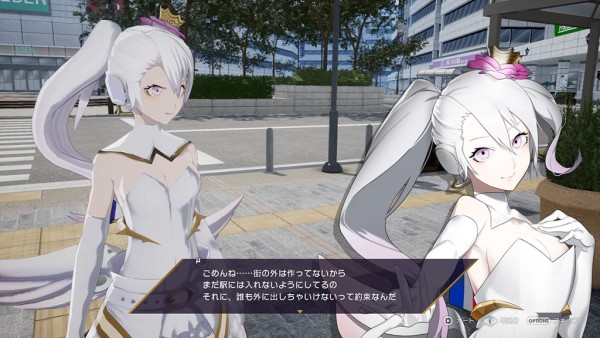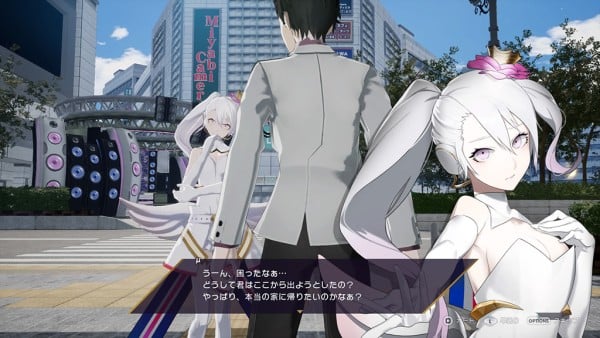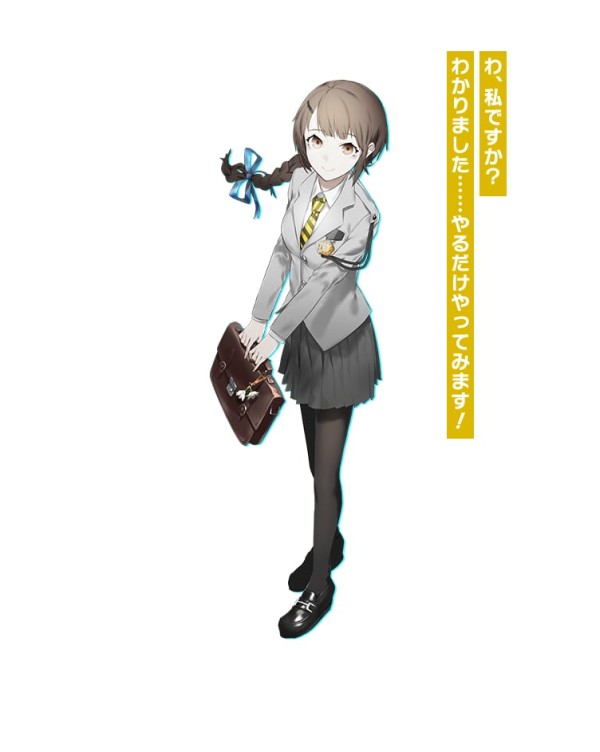- 分享
- 0
- 人气
- 97
- 主题
- 1613
- 帖子
- 53164
- UID
- 448018
- 积分
- 85008
- 阅读权限
- 110
- 注册时间
- 2011-10-5
- 最后登录
- 2018-11-30
- 在线时间
- 17874 小时

区域版主
K 游戏情报员/KWolDs SEN ID
       

|
The Caligula Effect: Overdose details dual routes, systems, and characters
FuRyu has relaunched the official website for The Caligula Effect: Overdose, providing a host of new details about the game’s dual story routes, updated features, and new and returning characters.
Get the information below.
■ Introduction
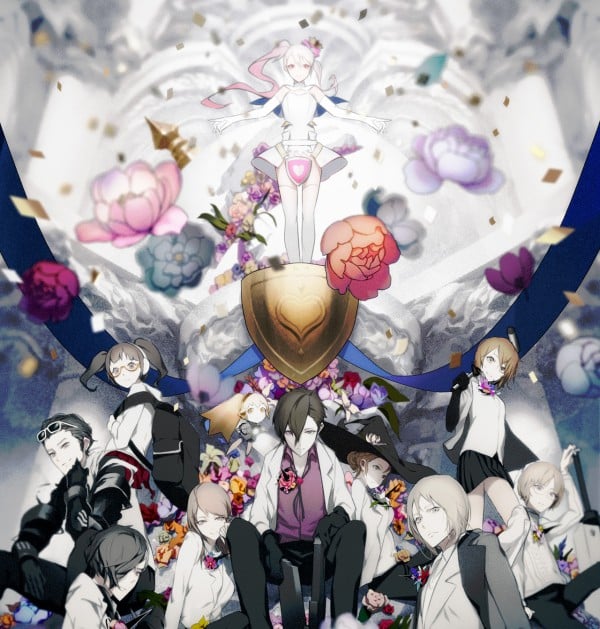
Mobius is a perfect digital world created for the imagined benefit of humanity by μ, a virtual idol vocaloid program that attained sentience and self-awareness.
Only humans who are suffering in the real world and strongly related to μ’s songs are lured into Mobius.
Once they enter, people often forget that the real world exists. Regardless of age or gender, they are turned into students and forced to experience high school over and over, which μ considers “the most radiant time in a person’s life.”
In order to grant the wishes of every Mobius resident, μ curates Mobius’ creative energy by singing songs composed by the “Ostinato Musicians.”
Currently, the city called Miyabi is the only physical area that exists within Mobius. Its buildings and terrain are drawn from the residents’ memories of the real world.
In The Caligula Effect: Overdose, the story progresses as two major routes, the “Go-Home Club Route” and the “Musicians Route.”
Go-Home Club Route
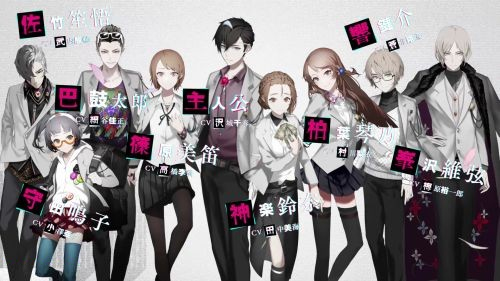
In Mobius, inhabitants become their “ideal selves” that they couldn’t achieve in the real world and then repeat high school endlessly. The protagonist (you) and his or her classmates are outsiders within Mobius that have realized the existence of a reality outside Mobius. Each student has a strong desire to return to reality for their own individual reasons, and form an organization called the “Go-Home Club” to find a way to escape Mboius in order to return to reality.
Of course, for the Mobius inhabitants outside of the Go-Home Club, they are more than happy to remain in this happy world. The Go-Home Club, which is trying to destroy this happiness and return to harsh reality, can only be considered traitors in this world. As the president of the Go-Home Club, the protagonist (you), who meets another songstress named Aria and gains the power to fight, challenges the creator μ and her Ostinato Musician subordinates, and will find a way to escape Mobius by any means necessary. Even if it means kiling the creator that freed them from their own suffering.
Musicians Route
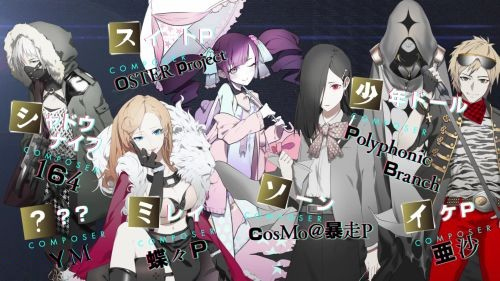
The Ostinato Musicians are composers who protect μ and provide music. In order to preserve the world of Mobius, the Ostinato Musicians are trying to eliminate the disruptive Go-Home Club. The protagonist, who became the president of the Go-Home Club, meets Thorn, the leader of the Ostinato Musicians expected to be the enemy.
Thorn speaks. “I understand that you suffered, and came to Mobius.”
Thorn asks. “And yet, do you truly want to return to reality?”
Thorn laughs. “You are only being used. You must learn both sides of the story.
Using the power of μ, Thorn gives the protagonist the abilities of a Musician, as well as a new appearance as a Musician. From that point, the protagonist (you), will use your appearances as the president of the Go-Home Club pursuing μ, and as an Ostinato Musician protecting μ, to fully understand both sides of the story of Mobius, the world of happiness. And you will eventually be faced with a final decision. Betraying the trust of your comrades comes with a massive toll, and what lies ahead is…
Character Scenarios
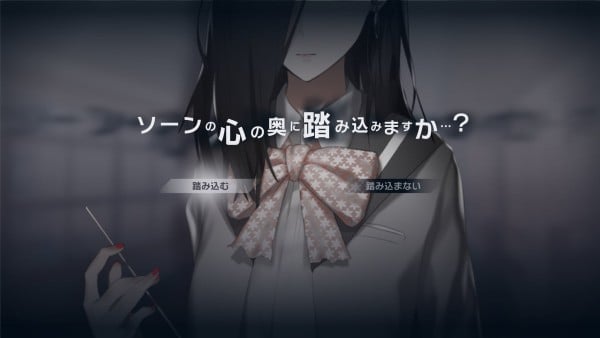
In Mobius, you can become a high school students regardless of your age or gender, and attain your ideal self. In other words, your appearance and gender in Mboius is not necessarily the same as in reality.
Even though they are not the Go-Home Club, the Ostinato Musicians are no exception to this fact. They also suffered in reality for their own reasons, and were imprisoned by Mobius. Each has their own deep trauma and complex.
Each of the Ostinato Musicians are covering up their suffering in reality, and only the protagonist (you) can get to the core of their secrets.
However, if you sense danger or develop a feeling of dislike in the true nature they are about to reveal, it is not a problem to turn back. The raw pain that they display may betray the image that the protagonist (you) wanted to love and get closer to.
■ System
The Caligula Effect Reconstructed in Unreal Engine 4
The comfort of the controls, the production, and the visuals have been completely redone. The unique “Imaginary Chain” battle system has also been further evolved to become easier to play. Many improvements over the previous game are included to achieve optimal gameplay. As the name implies, it has overdosed.

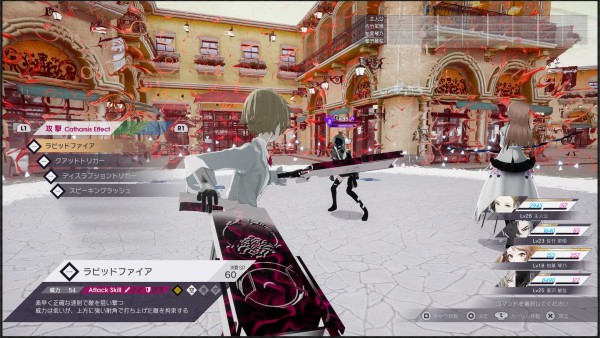
Imaginary Chain: New Sensation Command Battles that Combine the Exhiliaration of an Action Game with the Strategy of a Tactical RPG
New sensation command battles that combine the exhilaration of an action game with the strategy of a tactical RPG. The battle system visualizes and predicts character actions before they occur. In The Caligula Effect: Overdose, the battle system has been reformed from the previous game, and has evolved to become even easier to play.
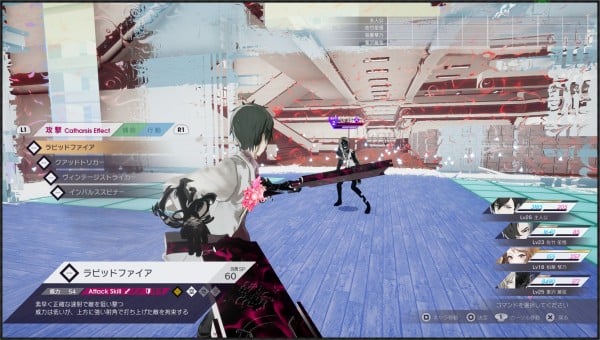
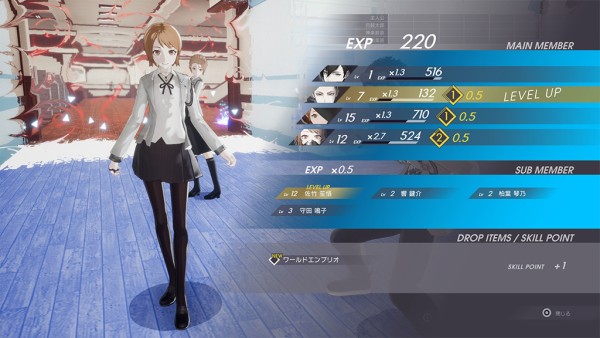
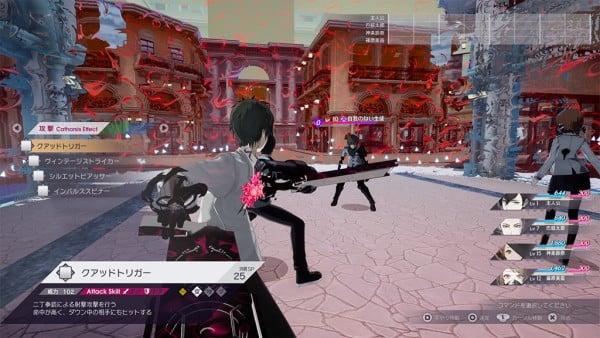
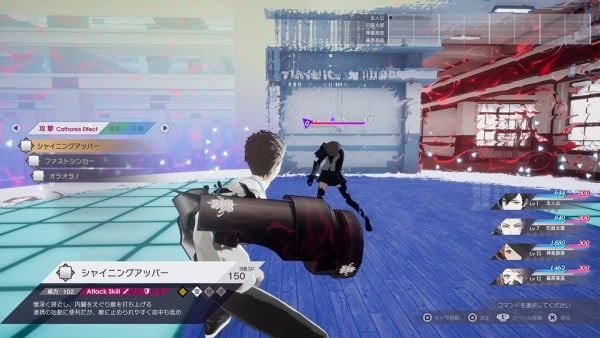
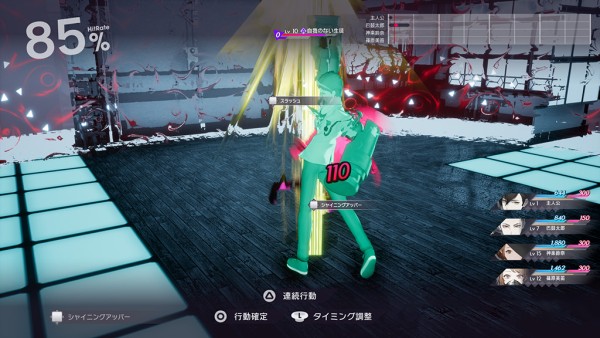
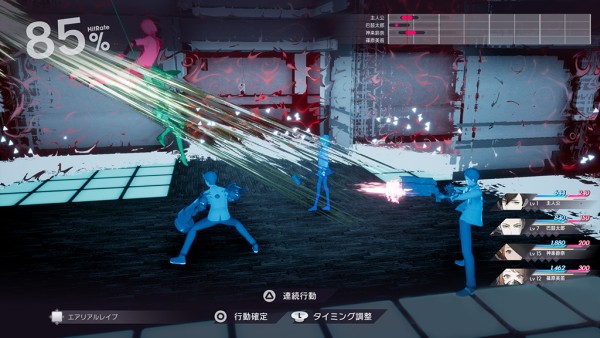
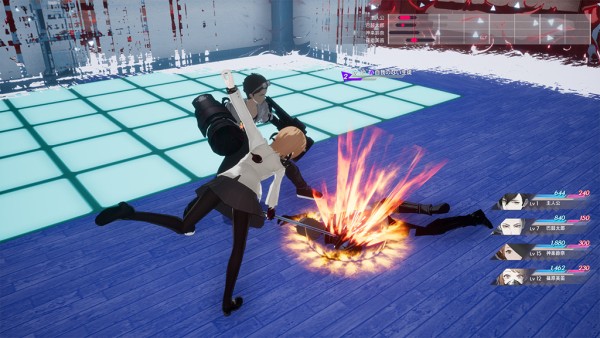
Causality Link: Friendships with Students Gone Astray in Mobius Have Also Been Enhanced
There are over 500 students in the game, each with their own unique names and profile. In the real world, they all experienced trauma and escape to Mobius to live an idyllic high school life. In The Caligula Effect: Overdose, friendships with students who have lost their way in Mobius have also been enhanced. And also in the game, your connections with them will become the key to going home.
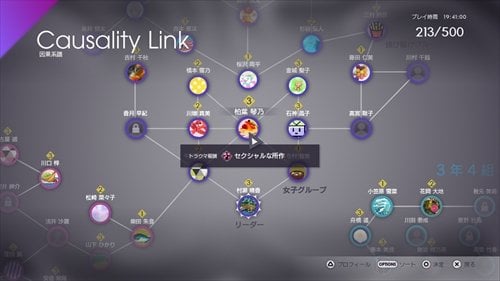
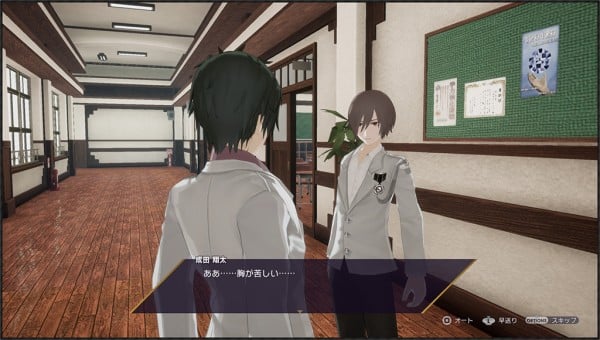
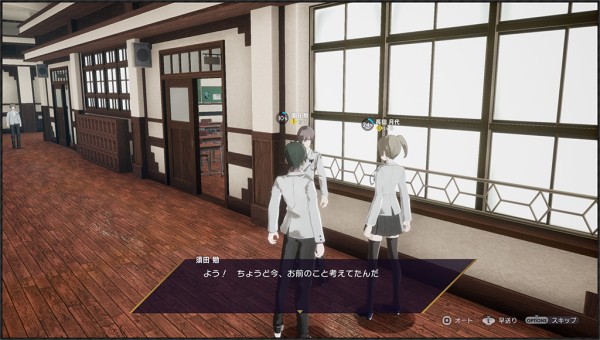
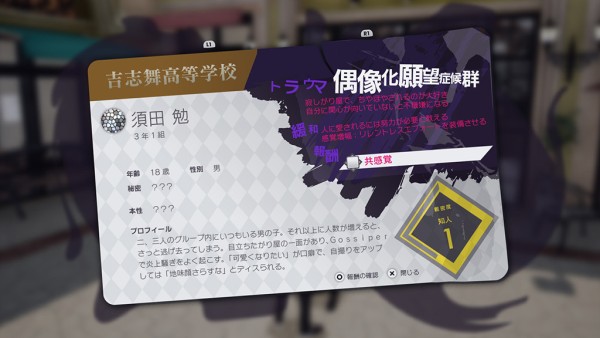
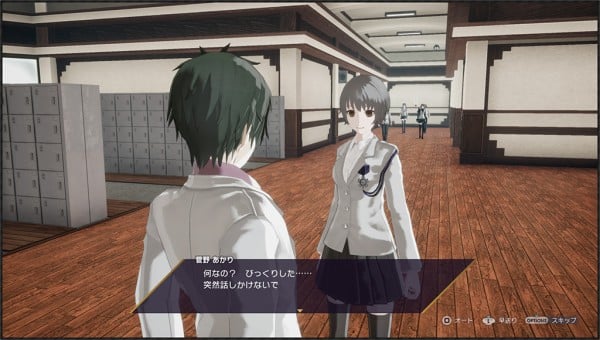
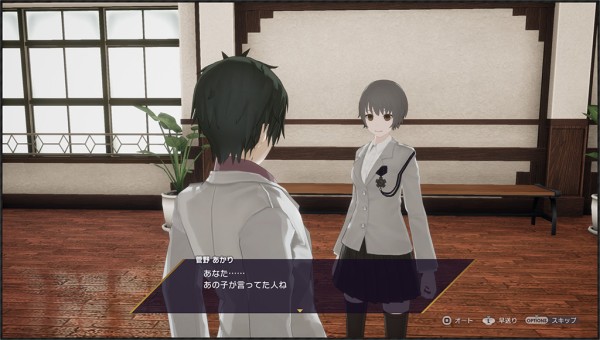 |
|









 IP卡
IP卡 狗仔卡
狗仔卡

 发表于 2017-11-10 03:41 PM
发表于 2017-11-10 03:41 PM
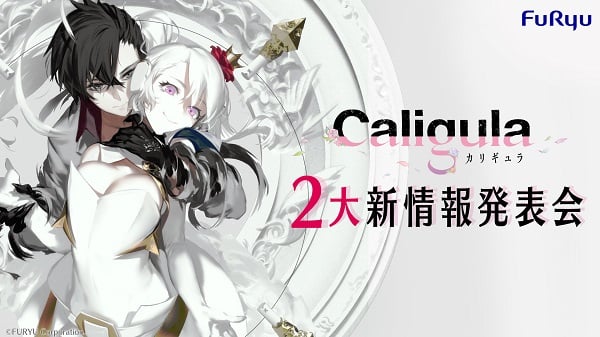
 显身卡
显身卡

